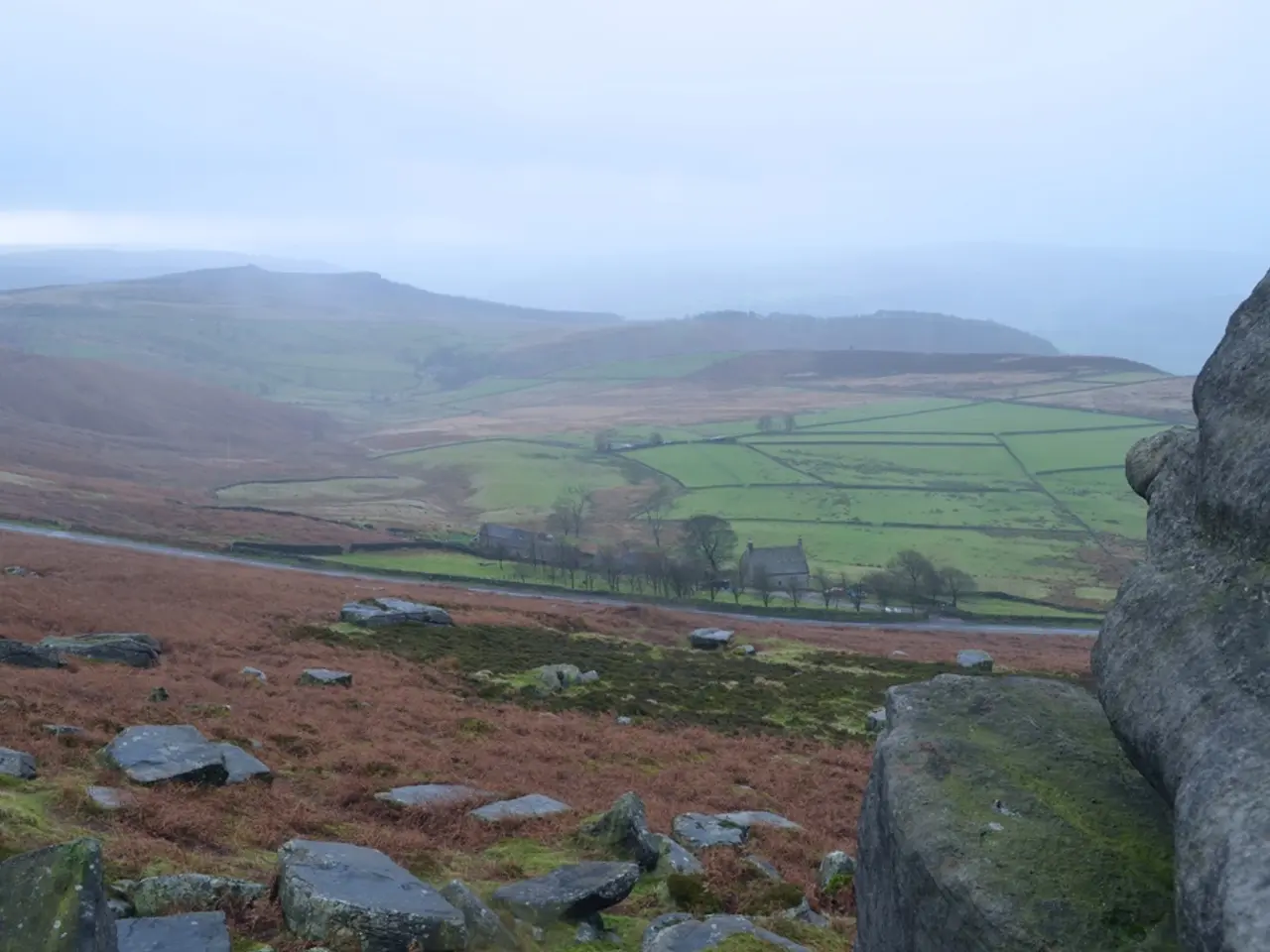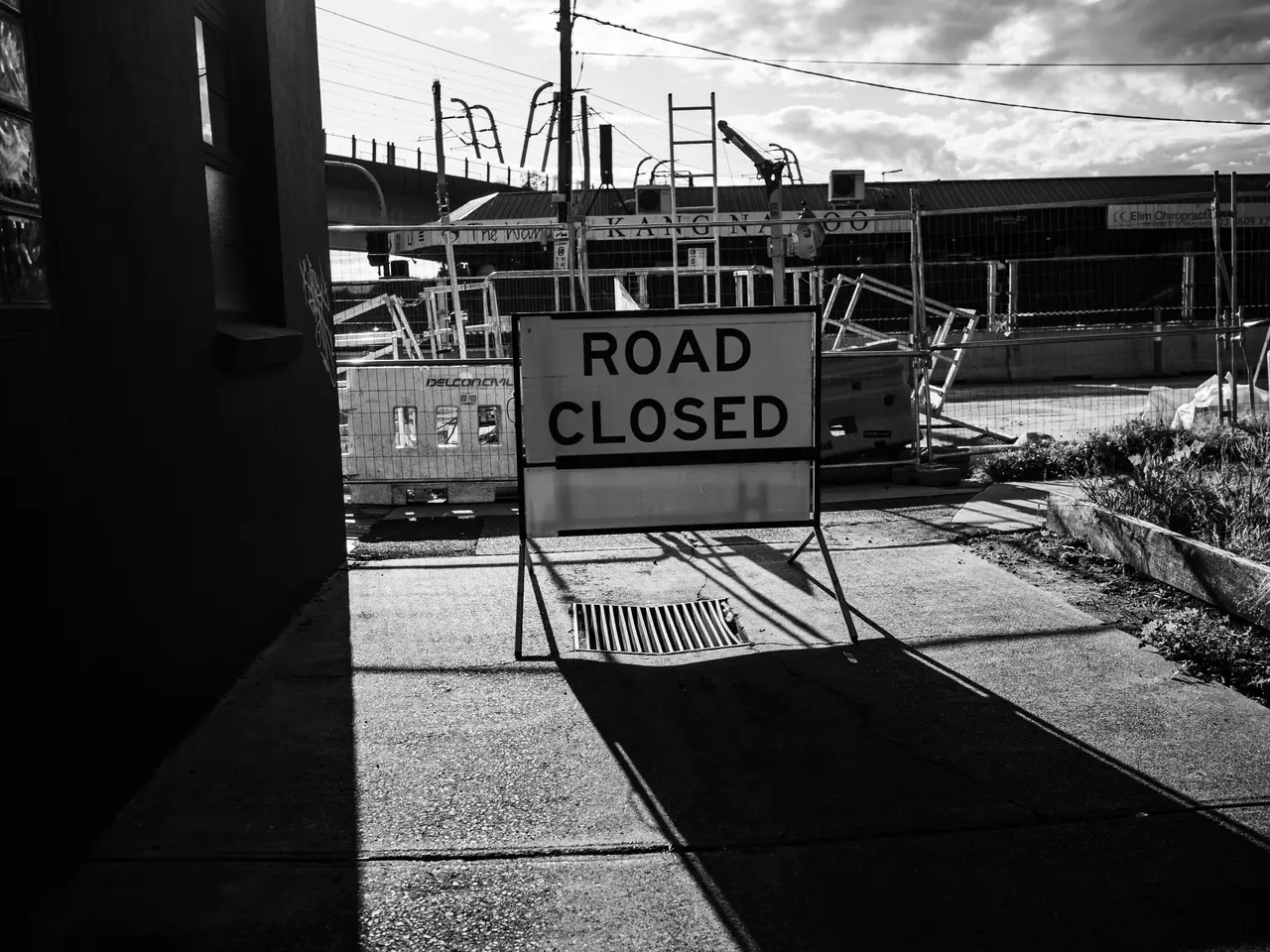Ras Al Khor wildlife sanctuary in Dubai to receive Dh650 million renovation
The Ras Al Khor Wildlife Sanctuary in Dubai is set for significant transformation with the launch of the Ras Al Khor Wildlife Sanctuary Development Project. The ambitious project, divided into two phases, is expected to cost approximately AED 650 million (around $177 million) and is designed to enhance biodiversity, preserve natural habitats, and establish the sanctuary as a premier sustainable eco-tourism destination.
### Key Components of the Project
1. **Biodiversity Enhancement**: The project aims to preserve and boost biodiversity by creating new habitats such as mangrove lakes, North Edge Lake, and reed ponds. It also includes the addition of 10 hectares of salt flats (mudflats) to support the sanctuary’s ecosystem.
2. **Mangrove Habitats**: The project involves a significant increase in mangrove coverage by 60%, from 40 hectares to 65 hectares. This includes the rehabilitation of mangrove forests and the creation of new irrigation channels.
3. **Infrastructure Development**: A Green Spine will be developed as part of the project, contributing to the ecological integrity of the area. Post-rehabilitation monitoring will be conducted regularly to ensure the sustainability of the ecosystems.
4. **Environmental Benefits**: The project includes a 144% increase in water bodies, expanding their total area to 74 hectares. This is expected to enhance carbon dioxide absorption by 60%.
### Completion Timeline and Phasing
- **Phase One**: This phase is expected to be completed by the end of 2026, covering approximately 6.4 square kilometers of the sanctuary at a cost of about AED 100 million ($27.2 million). - **Phase Two**: The specific details of Phase Two are not yet fully outlined in the available information, but it is part of the overall AED 650 million project.
The project aligns with Dubai's broader goals, including the Dubai Economic Agenda D33 and the 2040 Urban Master Plan, to position Dubai as a leading tourism destination while enhancing environmental sustainability. Upon completion, the sanctuary is expected to attract significantly more visitors, potentially increasing annual visitor numbers from 20,000 to between 250,000 and 300,000.
The second phase will include a visitor centre, birdwatching towers, restaurants, kiosks, and environmental awareness and education centres. The sanctuary, classified under the International Union for Conservation of Nature (IUCN) guidelines, will also feature 5.6 kilometres of cycling tracks and three kilometres of walking trails. The second phase will focus on infrastructure and recreational services, covering a total area of 20,000 square metres.
Eng. Marwan Ahmed bin Ghalita, Director General of Dubai Municipality, stated that the project is one of the most prominent environmental infrastructure initiatives being undertaken by Dubai Municipality. The Ras Al Khor Wildlife Sanctuary, which covers approximately 6.4 square kilometres and was listed under the Ramsar Convention on Wetlands of International Importance in 2007, hosts nearly 450 species of flora and fauna, including 47 hectares of mangroves and welcomes around 20,000 migratory birds annually, including the iconic flamingo.
[1] "Ras Al Khor Wildlife Sanctuary Development Project." Dubai Municipality, 2022. www.dubaimun.gov.ae. [2] "Ras Al Khor Wildlife Sanctuary." Dubai Municipality, 2022. www.dubaimun.gov.ae. [3] "Ras Al Khor Wildlife Sanctuary Development Project Aligns with Dubai's Tourism and Sustainability Goals." Dubai Media Office, 2022. mediaoffice.ae. [4] "Ras Al Khor Wildlife Sanctuary Development Project." Khaleej Times, 2022. khaleejtimes.com.
- The Ras Al Khor Wildlife Sanctuary Development Project, aiming to boost biodiversity, includes the development of a Green Spine to contribute to the ecological integrity of the area, as part of its infrastructure development.
- The project, following Dubai's broader goals for sustainability, anticipates a significant increase in visitor numbers, with the second phase featuring a visitor centre, birdwatching towers, restaurants, kiosks, and educational centres on environmental awareness.
- In line with the project's commitment to environmental benefits, the expansion of water bodies by 144% is expected to lead to a 60% increase in carbon dioxide absorption, contributing to the sanctuary's role in combating climate change.
- To keep pace with ongoing advances in science and environmental-science, post-rehabilitation monitoring will be conducted regularly to ensure the sustainability of the ecosystems within the sanctuary.
- With the completion of Phase One by the end of 2026, the sanctuary, already classified under IUCN guidelines, stands to become a premier sustainable eco-tourism destination, offering opportunities for sports, leisure, and lifestyle activities such as cycling and walking trails, aligning with Dubai's economic and tourism goals as outlined in D33 and the 2040 Urban Master Plan.




